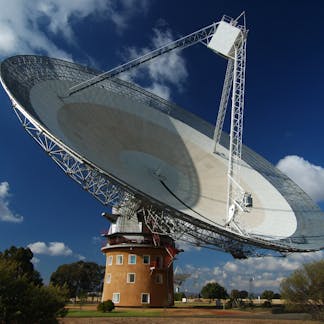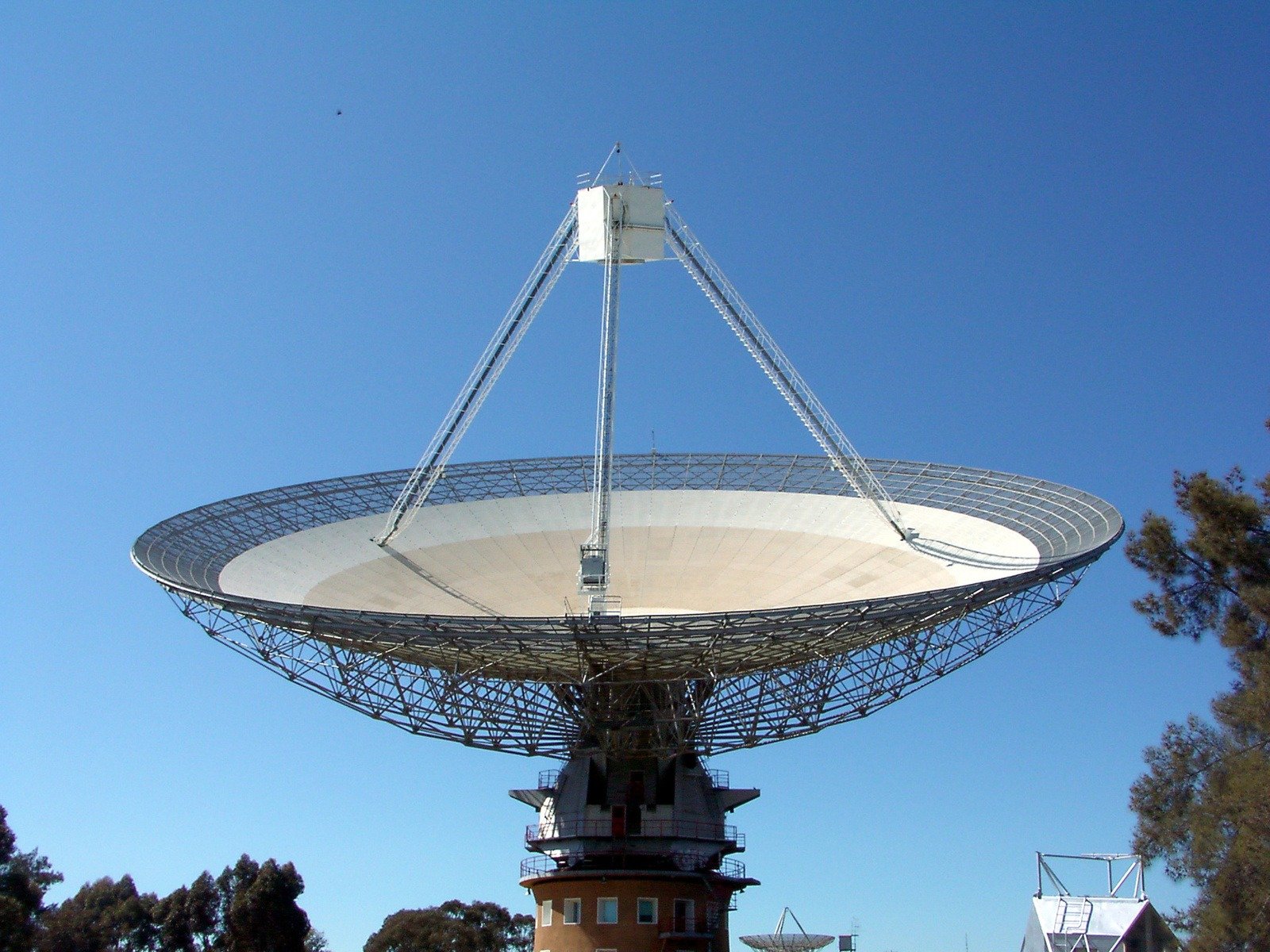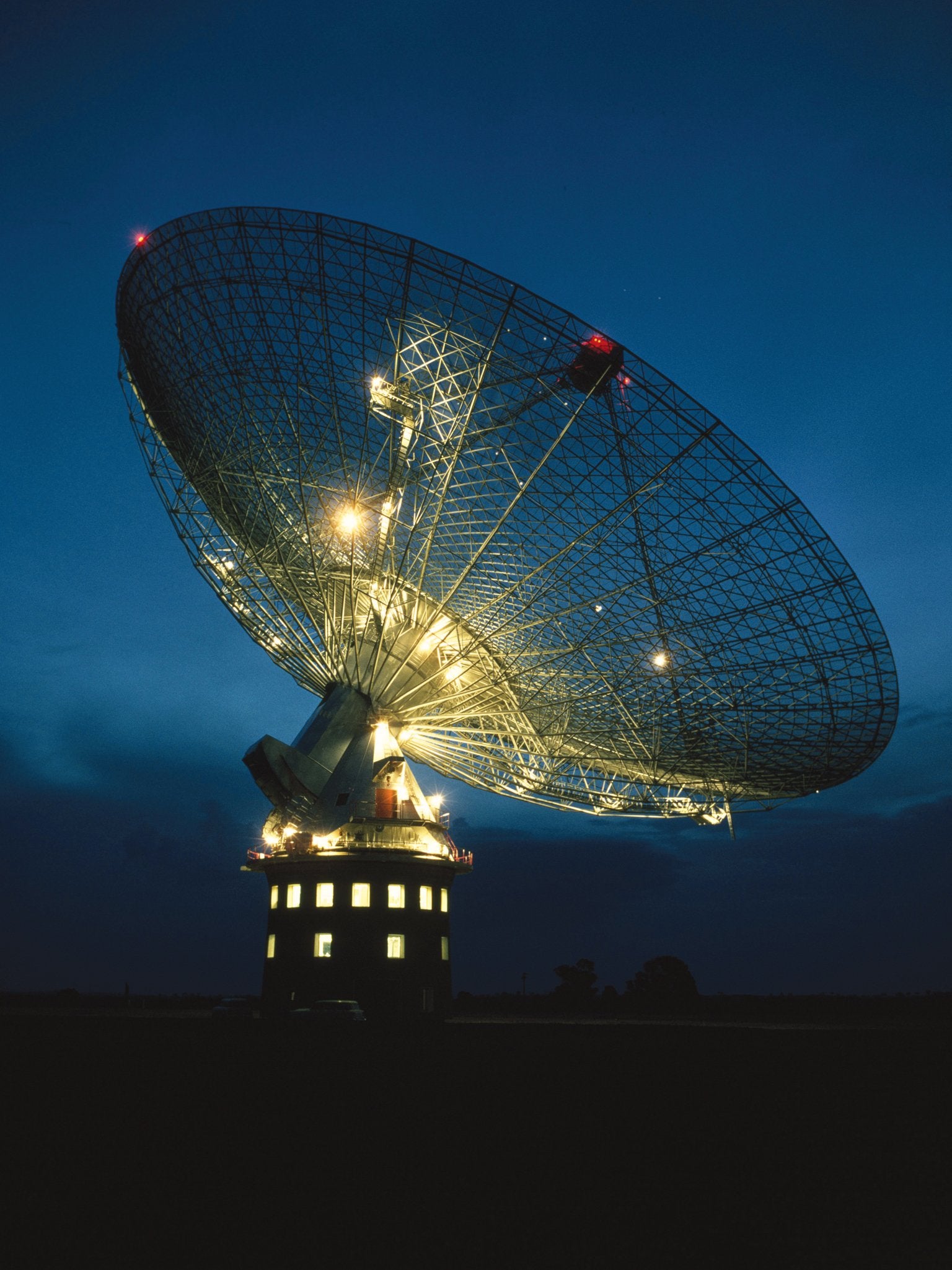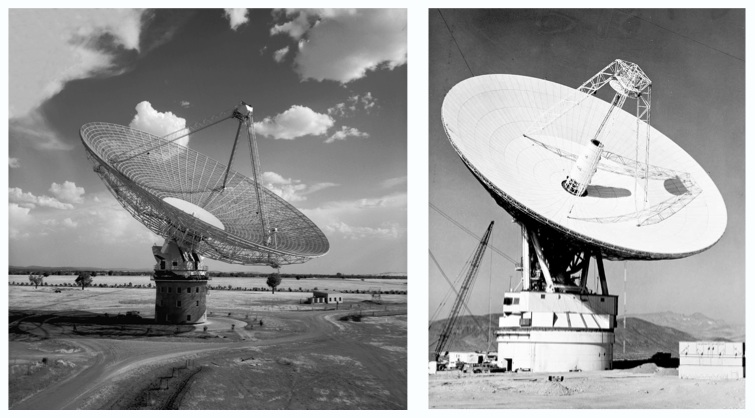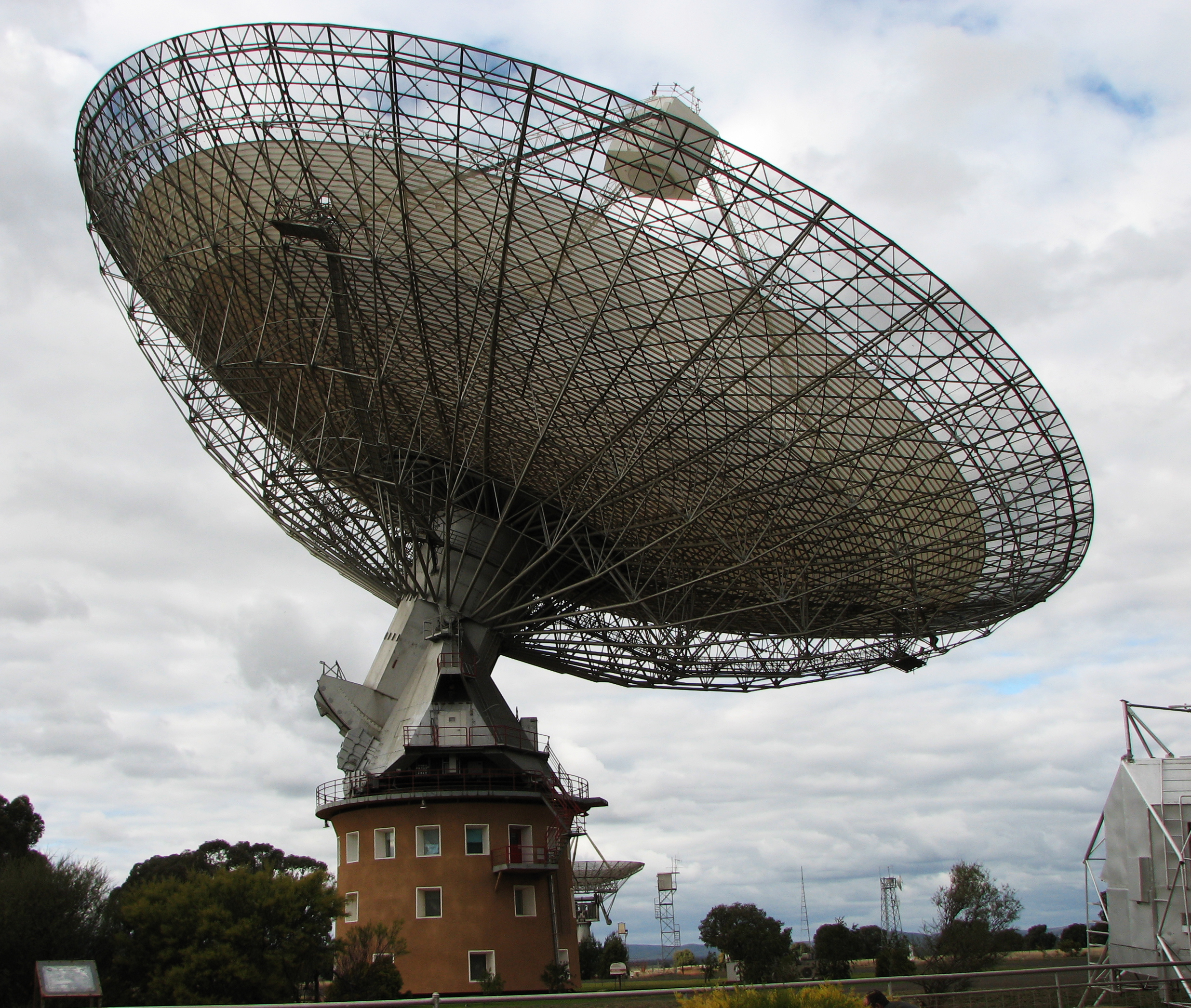
Parkes radio telescope is a 64-m diameter parabolic dish used for radio astronomy. This Telescope brought live pictures to television when man 1st landed on the moon in Apollo 11 on 21 July 1969 - Parkes, New South Wales, Australia Stock Photo - Alamy

China is offering over a million dollars for a foreigner to run the world's largest telescope, so why is nobody applying? | South China Morning Post

Breakthrough Listen: Australian Telescope Gets in on Search for Aliens - 11.11.2016, Sputnik International

Parkes radio telescope is a 64-m diameter parabolic dish used for radio astronomy. This Telescope brought live pictures to television when man 1st landed on the moon in Apollo 11 on 21 July 1969 - Parkes, New South Wales, Australia Stock Photo - Alamy





